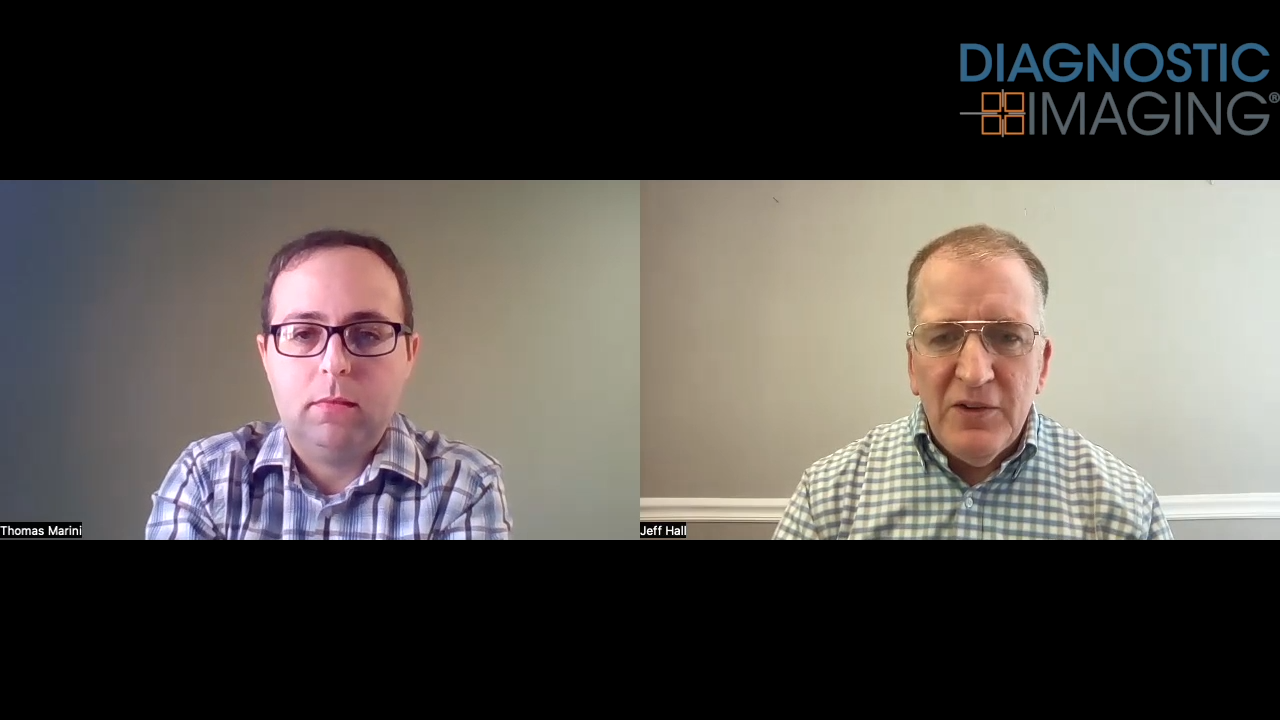Multicenter Study Cites Benefits of Ultrasound-Guided Carpal Tunnel Release
In a study of over 500 people with carpal tunnel syndrome, researchers found that 57 percent returned to work three days after being treated with UltraGuideCTR, a modality which enables real-time ultrasound guidance for carpal tunnel release.
Carpal tunnel syndrome reportedly affects eight million people annually in the United States with an average of 28 days missed from work as a result of this condition, according to the United States Bureau of Labor Statistics. However, emerging research suggests that real-time ultrasound-guided carpal tunnel release (CTR-US) could return the majority of treated patients back to work in three days.
In a multicenter study, presented at the recent American Society for Surgery of the Hand (ASSH) 2023 Annual Meeting, researchers reviewed postoperative data for a total of 544 patients (mean age of 50) who had CTR-US with UltraGlideCTR (Sonex Health).
Fifty-two percent of the patients had symptoms of carpal tunnel syndrome for two years prior to treatment with UltraGlideCTR, according to the study. The researchers noted that 76 percent of the cohort were employed full-time with 49 percent having desk-based work and 23 percent performing heavy manual labor. The study authors said 68 percent of patients had UltraGlideCTR treatment for their dominant hand and 20 percent had simultaneous bilateral carpal tunnel release.
The researchers found an overall median return to work of three days after ultrasound-guided carpal tunnel release for the study cohort. Specifically, the study authors noted that 57 percent of treated patients returned to work after three days, 74.6 percent returned to work five days after treatment and 87.8 percent had returned to work 10 days after treatment.
“Approximately 3 out of 4 patients treated with CTR-US can (return to work) within one standard work week,” noted lead study author Paul D. Paterson, M.D., who is in private practice in Vero Beach, Fla., and colleagues.
The researchers also noted that the mean time to return to work was consistently between two to four days post-procedure for all patient subgroups. These median return to work time was three days for women, who are reportedly more likely to develop carpal tunnel syndrome than men, four days for heavy manual laborers and three days for patients who had bilateral carpal tunnel release procedures, according to the study.
Reference
1. Paterson PD, Aguila DJ, Kirsch MJ, Miller L. Rapid return to work after carpal tunnel release with ultrasound guidance. Poster SPP0685 presented at the American Society for Surgery of the Hand 2023 Annual Meeting, Toronto, Canada. October 5-7, 2023.
The Reading Room: Racial and Ethnic Minorities, Cancer Screenings, and COVID-19
November 3rd 2020In this podcast episode, Dr. Shalom Kalnicki, from Montefiore and Albert Einstein College of Medicine, discusses the disparities minority patients face with cancer screenings and what can be done to increase access during the pandemic.
What New Research Reveals About Novice Use of AI-Guided Cardiac Ultrasound
April 4th 2025In a study recently presented at the American College of Cardiology (ACC) conference, researchers found that novice use of AI-guided cardiac ultrasound after an AI-enabled electrocardiogram increased the positive predictive value for reduced left ventricular ejection fraction (LVEF) or aortic valve stenosis by 33 percent.










